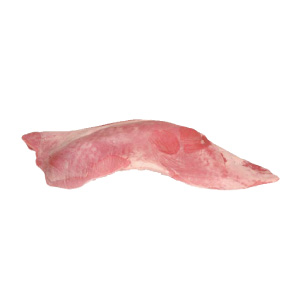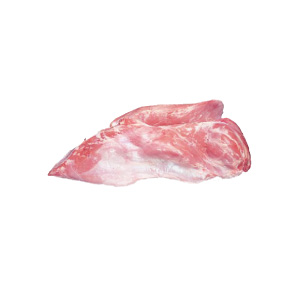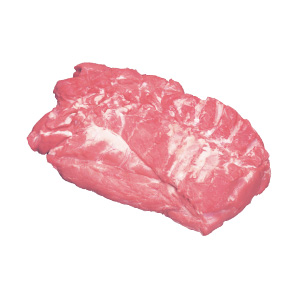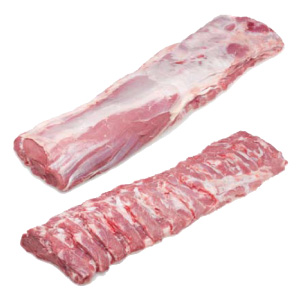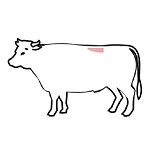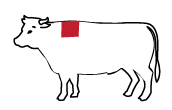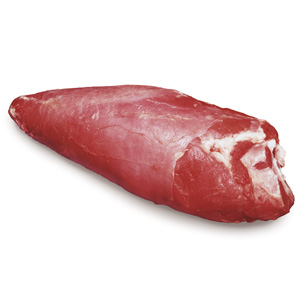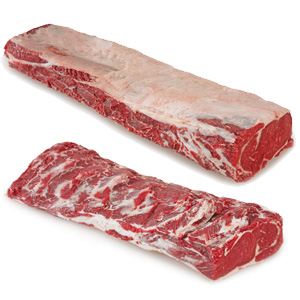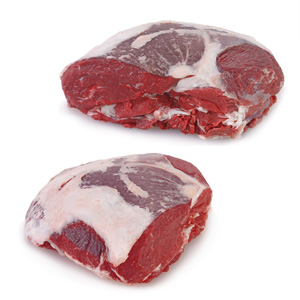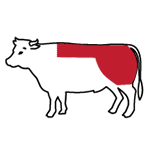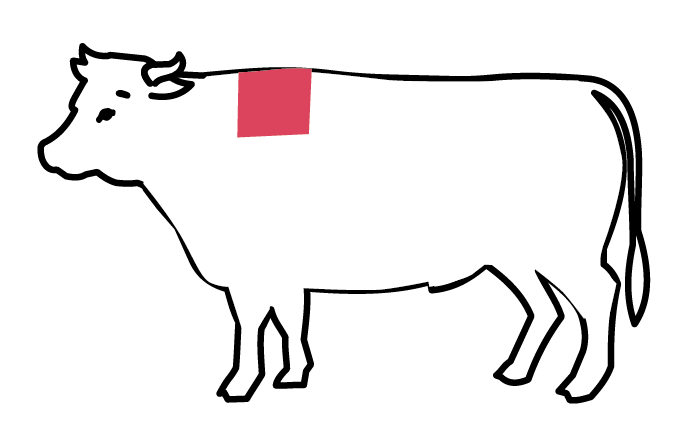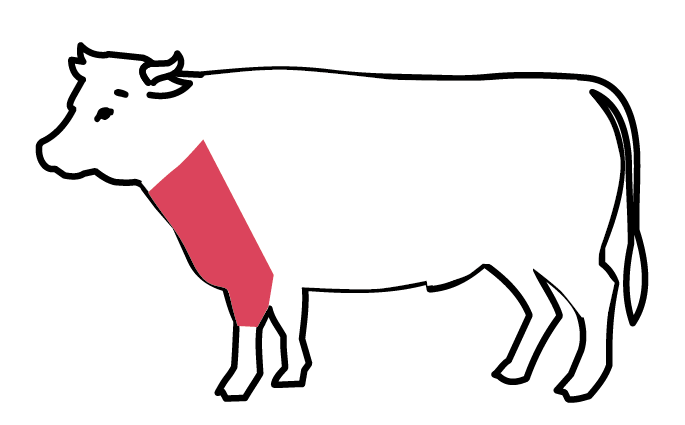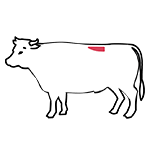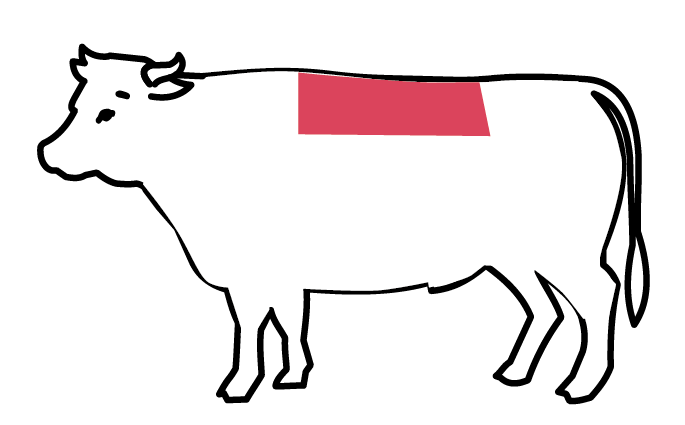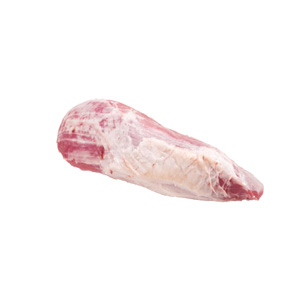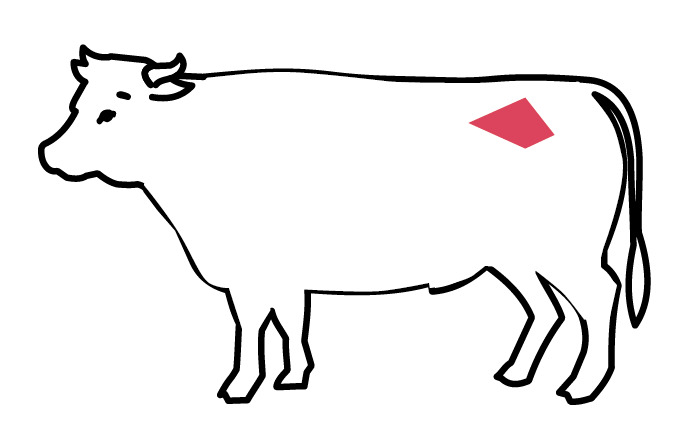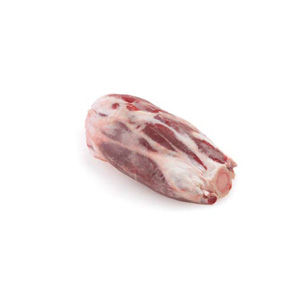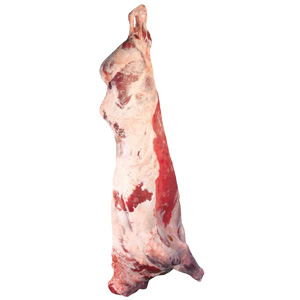The theme of animal welfare is strongly regulated by Community rules which, especially in the European Union, intervene in detail and strictly in the breeding, transport and slaughter of animals. Today, however, this topic has emerged from the limited scope of the workforce, to become an element of strong attention and sensibility on the part of the consumer.
Attention to the theme of animal welfare has gradually consolidated into a set of internal rules and controls, whose proper management is an important factor in leading the consumer and protecting the company’s reputation. INALCA has developed a clear policy in this field, based on operating rules gained from the active participation in technical and scientific round-tables, from their own experience in the sector as well as its collaboration with the major food groups with which INALCA cooperates.
The five freedoms
The principle of the “Five Freedoms” is the basic criterion of inspiration adopted by INALCA for the breeding phase.
(Farm Animal Welfare Council 1979)”
First freedom
From hunger, thirst and malnutrition ensuring to the animal access to fresh water and a diet that maintains full health.
Second freedom
To have a proper physical environment; giving the animal an environment including shelter and a comfortable resting area.
Third freedom
From pain, injury, disease, foreseeing or diagnosing and treating them quickly.
Fourth freedom
To express the specific behavioural characteristics of their species, providing the animal with sufficient space, proper facilities and the company of the animals of their own species.
Fifth freedom




